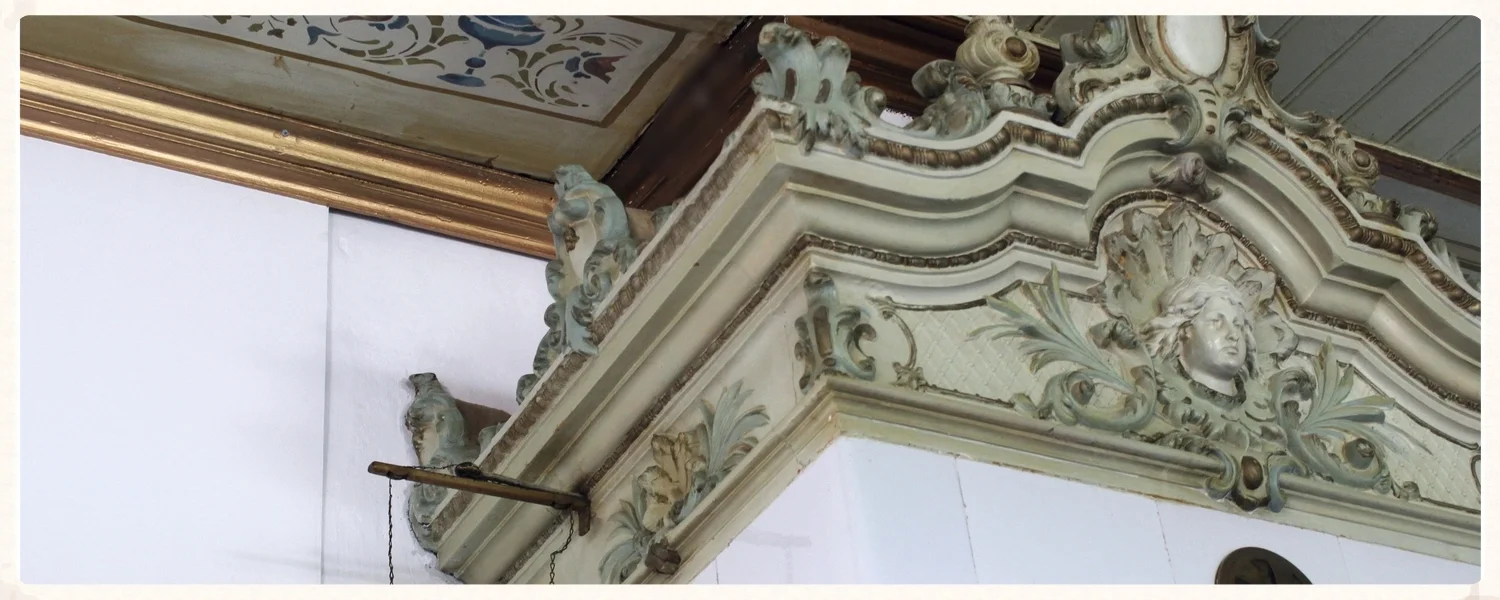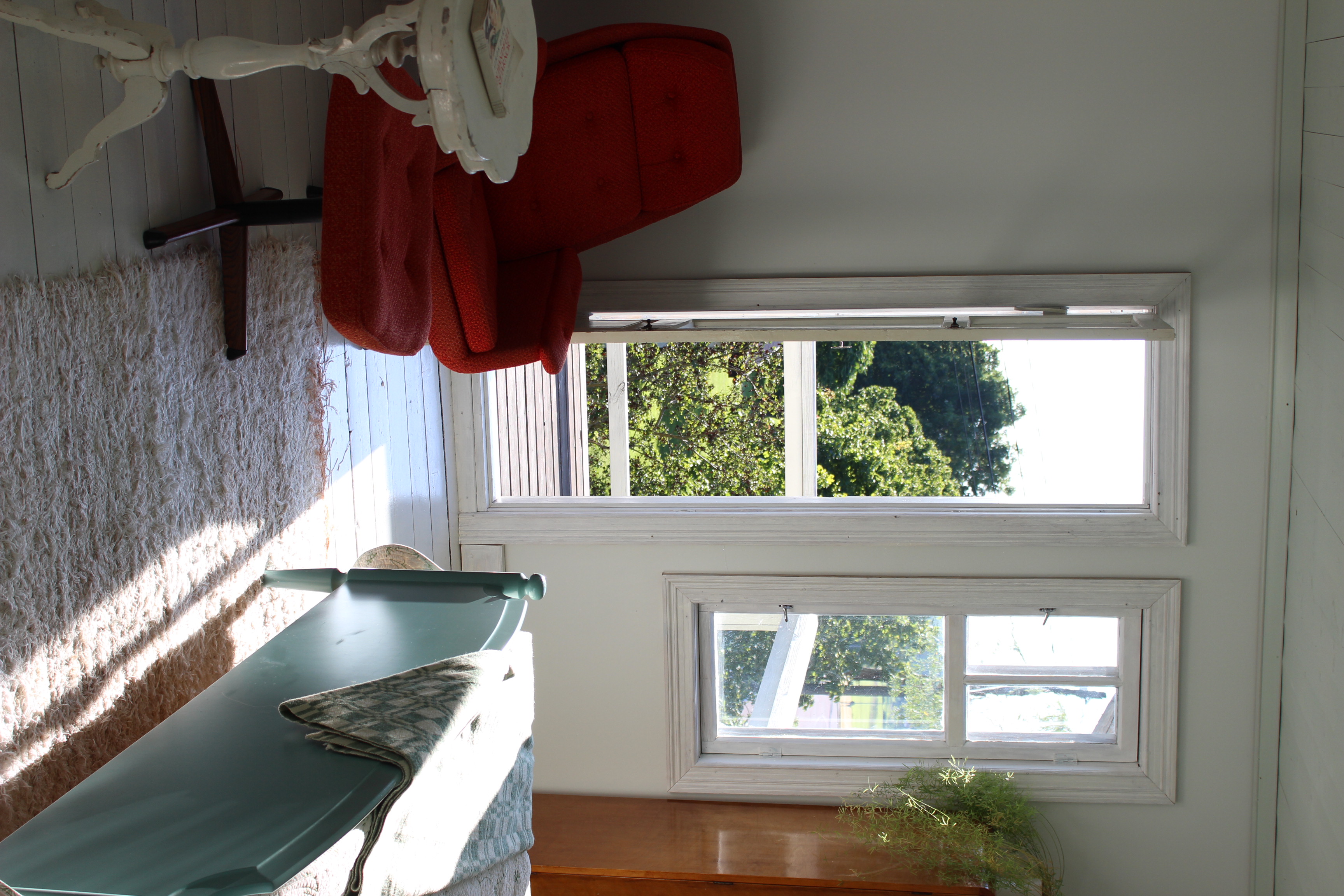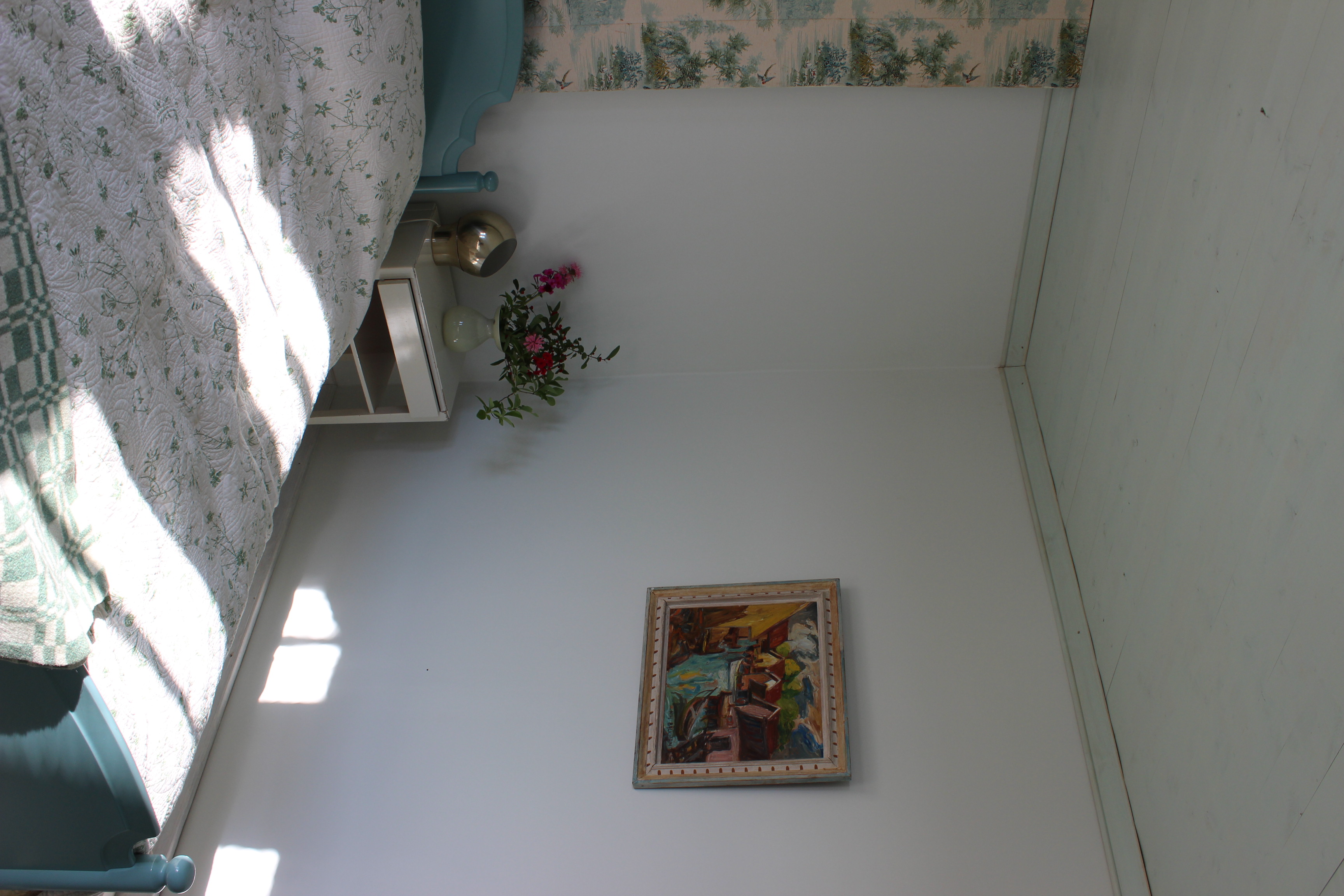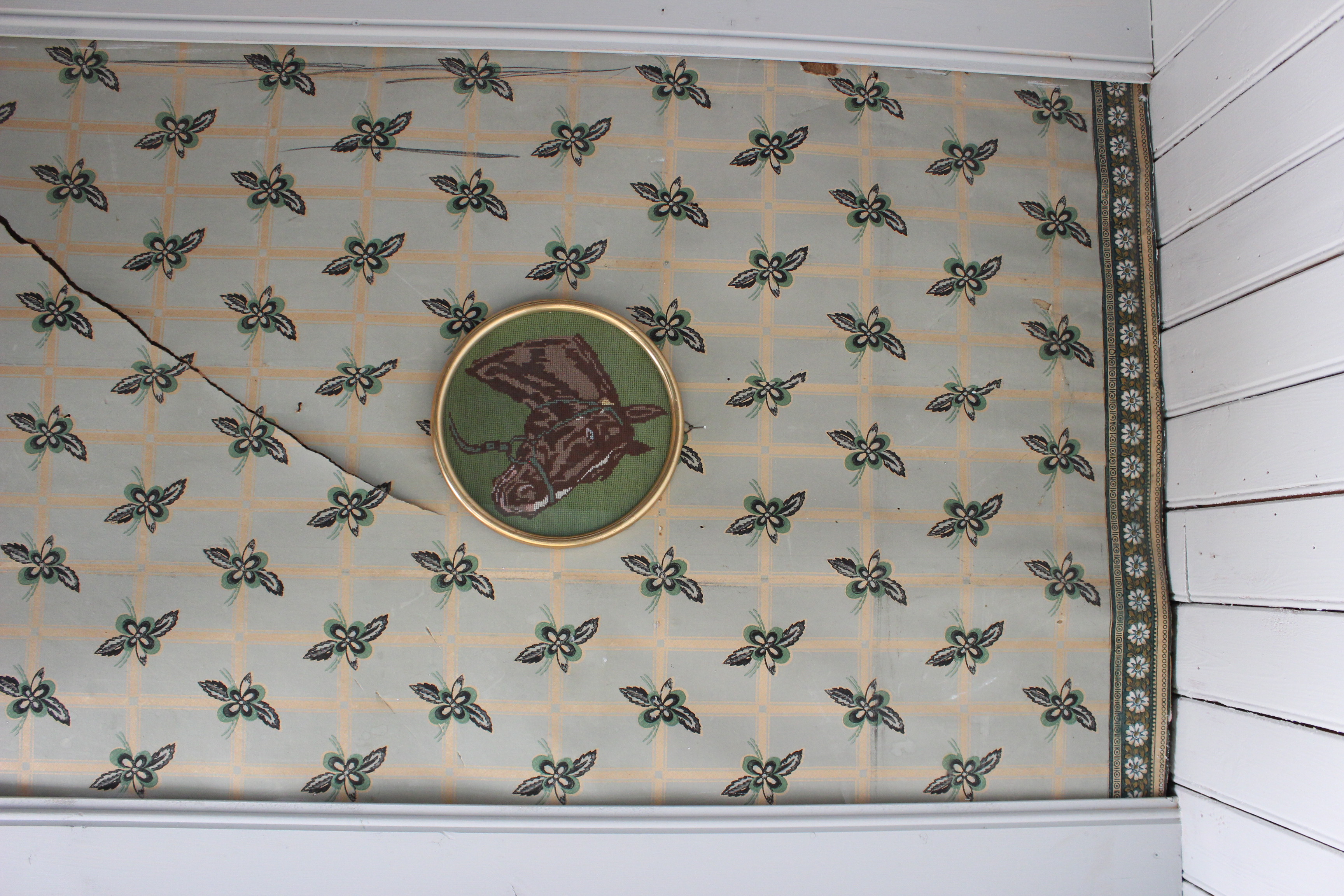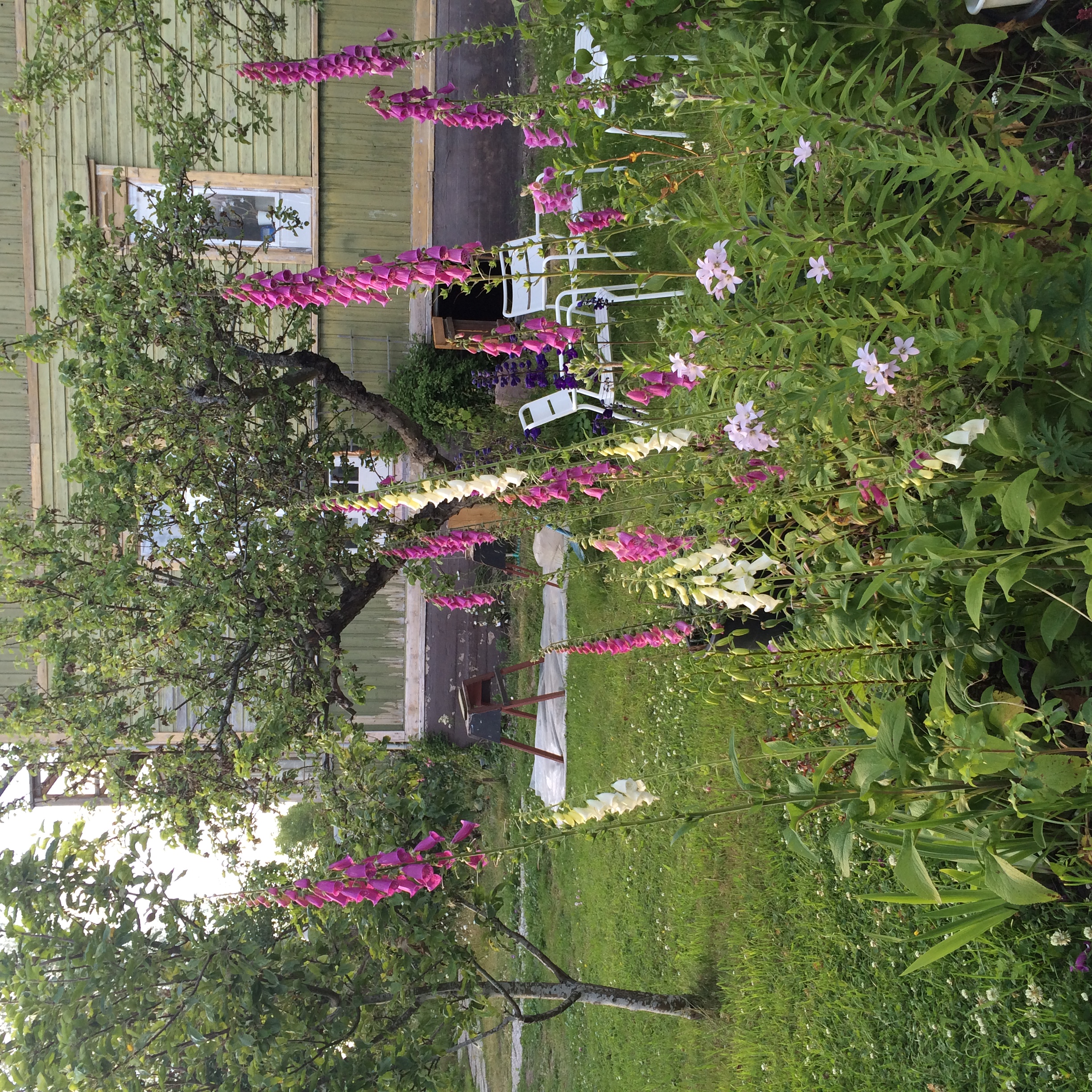HOUSE NUMBER TWO, FREBBENBY:
TAKING OLD BONES AND MAKING THEM NEW
Brynolf Sundblom and his wife Anna Mathilda and daughters. In 1927 he died and the house changed owners.
Åland has a rich history of farmers becoming world-traveling sailors, as well as shareholders in shipbuilding. Many of the villas of the region were built by the wealth of the shipping industry. Men went off to sea, and women became the heads of the households they left behind. Ship owners who established Mariehamn, or settled in the town, often built elaborate houses. Some were even inspired by American architecture. Rural ship owners stayed in farm country. They built houses in traditional style but bigger, especially bigger than their neighbors! These homesteads were filled with treasures and stories from the whole world⎯quite magnificent. To own one of them has been a dream of mine for a long time, long before I moved to Åland. I kept looking for that perfect house in the country and, on a grey November day, I found yet another villa; the farmhouses seem to elude me. But my new love was still in the countryside, a whole 15-minute drive from Mariehamn! Moving to Frebbenby made me fall in love with Åland all over again.
Built by the Hammarland sheriff at great expense between 1900 and 1902, the Frebbenby villa is constructed of standing, not horizontal, logs. Instead of using the traditional moss for packing, the construction this villa features twisted linen. The floors on the first level were made out of two and a half inch thick tongue and groove. When I found the home, these were covered with linoleum. The villa was built ten years later then the Neptunigatan Villa, but with what were, then, very modern methods. The ceiling paneling was laid out in a pattern, there was gilded molding in the parlor, where now, only the restored Russian fireplace stands. Small remarkable details remained, however, like a hand-stenciled border in the ceiling that matches the fireplace design.
The villa was modernized around 1969, with new electricity, plumbing, and hollow-core doors. They did away with the hand-carved details, the efficient Russian fireplaces. They brought in radiators, massive quantities of particle board, lowering the ceilings, and raising the floor. The oil-burning furnace got its own room right in the middle of the house. In 2012 the great beast leaked, adding its horrible smell to the accumulated stench of the owners 30 years of chain smoking. The villa was in a sorry shape.
Still, the yard was huge, with an old log cabin above a vaulted earthen cellar, a massive well, several 200-year-old majestic firs, a secret garden, and a stacked rock wall separating the woodlands from the landscaped area. In addition, it boasts a garage, carport, sauna, woodshed building stark seventies architectural design. I was sold.
I prayed that all the beauty would still be there under the 2-inch thick particleboard that covered the floors and the ceilings. And it was! Big panels of wallpaper had been left hanging on the inner walls. Holes in the floor showed us were the round Russian fireplaces had stood. The inside horizontal logwalls showed the layout of rooms which I took the liberty to redesign. Where the Neptunigatan villa had insisted on a return to its original glory, the Frebbenby villa’s uneven updates allowed me to mix and match as I pleased. In the end, the villa sports 11' ceilings in old tongue and groove. The original linoleum on the floors could not be saved but the boards got sanded and stained and matches the poured concrete in the kitchen perfectly.
Before pictures...
Current pictures post 2014 renovation, work is ongoing....please click for a larger view.
